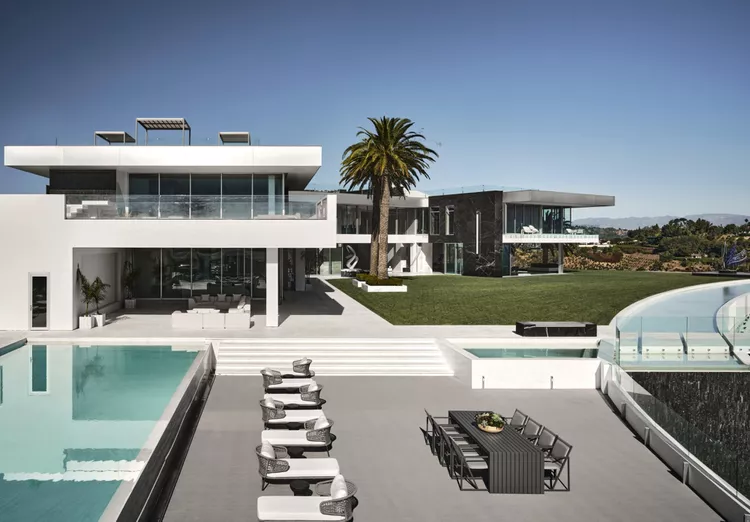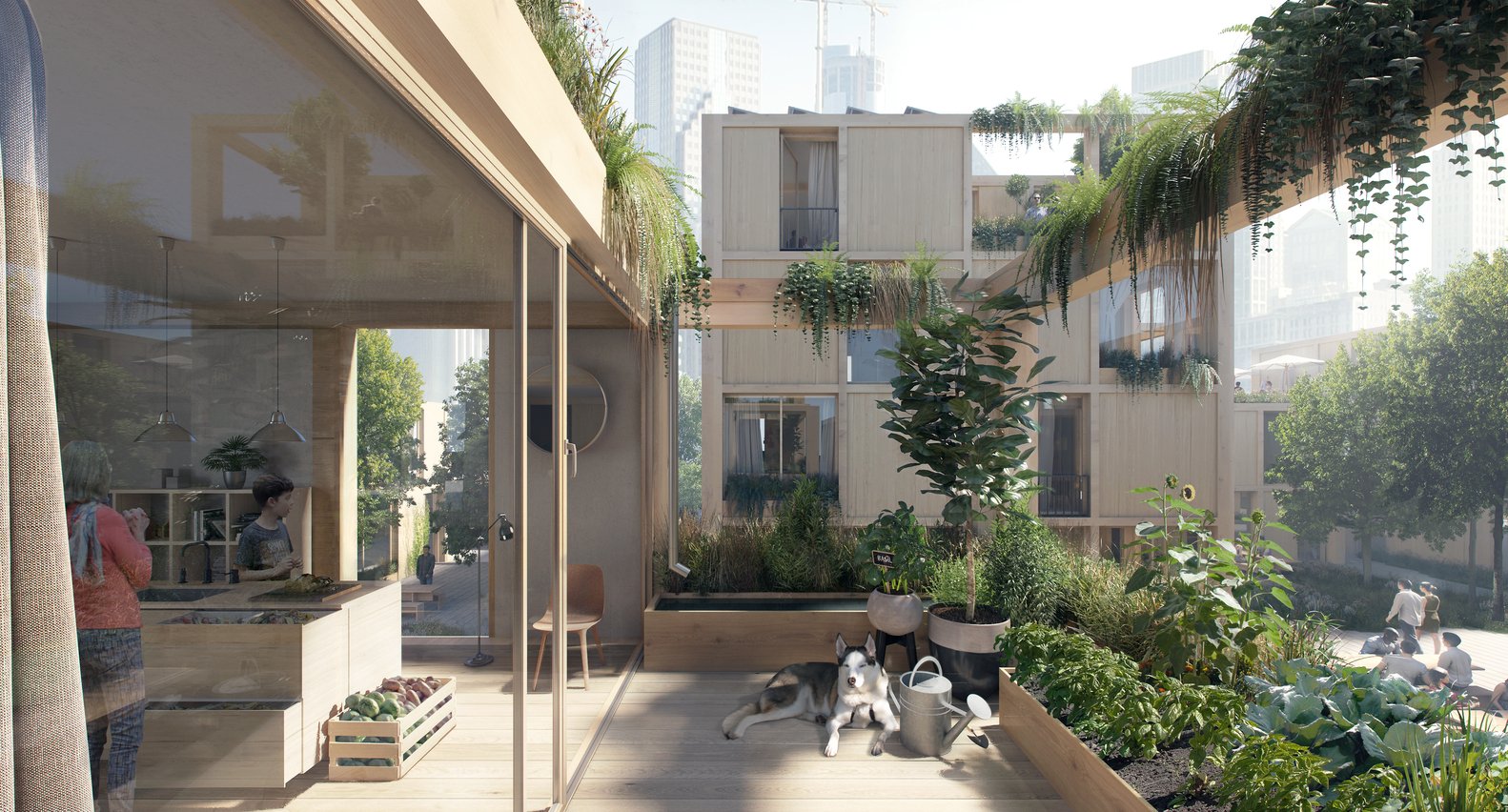The luxury real estate market in the United States is a dynamic and fascinating segment of the property industry. Characterized by high-end homes, affluent buyers, and unique architectural styles, luxury real estate offers a glimpse into the lifestyles of the rich and famous. As we explore this market, we’ll examine key luxury markets, the factors driving demand, and the trends shaping the future of high-end real estate.
1. Defining Luxury Real Estate
Before diving into specific markets, it’s essential to define what constitutes luxury real estate. While the threshold for luxury can vary by location, it generally refers to properties priced significantly above the median home price in a given area. Features commonly associated with luxury homes include:
- Prime Locations: Properties in desirable neighborhoods with stunning views or proximity to cultural amenities.
- High-End Features: Luxurious finishes, custom designs, and state-of-the-art appliances.
- Exclusive Amenities: Access to private pools, fitness centers, home theaters, and smart home technology.
Luxury real estate can range from sprawling estates in suburban areas to penthouses in bustling urban centers, each offering a unique lifestyle and investment opportunity.
2. Key Luxury Markets in the USA
Several cities in the United States are recognized for their vibrant luxury real estate markets. Here are some of the most notable:
2.1. New York City
New York City is often at the forefront of luxury real estate. Known for its iconic skyline, Central Park, and cultural institutions, the city attracts high-net-worth individuals from around the globe.
- Notable Neighborhoods: Areas such as Manhattan’s Upper East Side, Tribeca, and SoHo are prime locations for luxury living.
- Market Dynamics: The luxury market in NYC has shown resilience despite economic fluctuations, with buyers often drawn to the city’s lifestyle, investment potential, and prestige.
2.2. Los Angeles
Los Angeles is synonymous with celebrity culture and opulence. Its diverse neighborhoods and proximity to entertainment industry hubs make it a hotspot for luxury real estate.
- Prime Locations: Beverly Hills, Malibu, and West Hollywood are among the most sought-after areas for luxury buyers.
- Lifestyle Appeal: The combination of beautiful weather, ocean views, and a vibrant cultural scene enhances the desirability of Los Angeles luxury properties.
2.3. Miami
Miami’s luxury real estate market has been booming, attracting international buyers and investors looking for a vibrant lifestyle.
- Luxury Hotspots: Neighborhoods like South Beach, Brickell, and Coral Gables offer stunning waterfront properties and a cosmopolitan lifestyle.
- Investment Potential: Miami’s appeal as a tourist destination, combined with its favorable tax environment, attracts many wealthy individuals.
2.4. San Francisco
San Francisco is known for its tech-driven economy and stunning views of the Bay Area. The luxury real estate market here is influenced by the technology industry and high salaries in the region.
- Sought-After Areas: Neighborhoods such as Nob Hill, Pacific Heights, and Sea Cliff are popular for luxury buyers.
- Market Trends: The tech boom has led to increased demand for high-end properties, although challenges like affordability and housing supply constraints persist.
2.5. Aspen
Aspen is a premier destination for luxury mountain living. Renowned for its skiing, outdoor activities, and vibrant arts scene, Aspen attracts affluent buyers seeking a second home or investment property.
- Unique Properties: The luxury real estate market in Aspen features chalets and modern homes that blend with the natural landscape.
- Year-Round Appeal: While known for winter sports, Aspen also offers summer activities, making it an attractive year-round destination.
2.6. Chicago
Chicago’s luxury market is characterized by its architectural beauty and cultural richness. The city boasts a blend of historic and modern luxury homes.
- Key Areas: The Gold Coast and Lincoln Park are among the top neighborhoods for luxury living.
- Cultural Amenities: Chicago’s museums, theaters, and dining options enhance its appeal to high-net-worth buyers.
3. Factors Driving Demand in Luxury Real Estate
Several factors contribute to the demand for luxury real estate in the U.S.:
3.1. Economic Growth and Wealth Accumulation
- Increasing Wealth: As the economy expands, the number of high-net-worth individuals continues to rise, driving demand for luxury properties.
- Investment Opportunities: Many affluent buyers view luxury real estate as a solid investment, with the potential for appreciation and rental income.
3.2. Desirable Locations
- Urban Centers: Cities with strong job markets, cultural amenities, and lifestyle offerings tend to attract affluent buyers.
- Resort Destinations: Areas known for leisure and recreational activities, like Aspen and the Hamptons, draw buyers seeking second homes.
3.3. Changing Lifestyles
- Remote Work Trends: The rise of remote work has prompted many to seek larger homes with dedicated office spaces, often in desirable areas.
- Health and Wellness: Luxury buyers increasingly prioritize properties that promote a healthy lifestyle, leading to demand for homes with gyms, pools, and outdoor spaces.
3.4. Globalization
- International Buyers: The U.S. luxury real estate market attracts foreign buyers looking to invest in American properties, particularly in major cities.
- Cultural Appeal: American culture, education, and lifestyle attract wealthy individuals from around the world.
4. Trends Shaping the Luxury Real Estate Market
As the luxury real estate market continues to evolve, several trends are shaping its future:
4.1. Sustainability and Eco-Friendly Features
- Green Building: Many luxury buyers are increasingly interested in sustainable features such as energy-efficient appliances, solar panels, and eco-friendly materials.
- Health-Conscious Design: Homes designed with wellness in mind—featuring natural light, indoor gardens, and air purification systems—are gaining popularity.
4.2. Smart Home Technology
- Integration of Technology: High-end properties are increasingly equipped with smart home technology, allowing homeowners to control lighting, security, and climate remotely.
- Enhanced Security Features: Luxury buyers prioritize security and privacy, leading to demand for properties with advanced security systems.
4.3. Outdoor Living Spaces
- Emphasis on Nature: The pandemic has highlighted the importance of outdoor spaces, leading to increased demand for homes with patios, gardens, and outdoor entertainment areas.
- Resort-Like Amenities: Luxury buyers seek properties that offer resort-style amenities, including pools, hot tubs, and outdoor kitchens.
4.4. Minimalist and Modern Design
- Architectural Trends: Clean lines, open spaces, and minimalist design are becoming hallmarks of luxury properties.
- Personalization: Buyers are looking for homes that can be customized to reflect their personal style and preferences.
5. Navigating the Luxury Real Estate Market
For those interested in buying or investing in luxury real estate, understanding how to navigate this market is essential. Here are some tips:
5.1. Working with Experienced Agents
- Find a Specialist: Seek out real estate agents who specialize in luxury properties and have a proven track record in the market.
- Leverage Their Network: Experienced agents often have access to exclusive listings and can provide valuable insights into market trends.
5.2. Conducting Thorough Research
- Market Analysis: Research current market conditions, including inventory levels, average days on the market, and recent sales data.
- Property Valuation: Understand the factors that influence property values in specific neighborhoods.
5.3. Understanding Financing Options
- Luxury Mortgage Products: Explore mortgage options tailored for luxury buyers, such as jumbo loans, which cater to higher-priced properties.
- Financial Advisors: Consult with financial advisors to assess the best financing strategy for your investment.
5.4. Inspecting Properties Carefully
- Professional Inspections: Always conduct thorough inspections with qualified professionals to identify potential issues.
- Assessing Condition and Features: Consider the condition of high-end finishes, landscaping, and amenities before making an offer.
6. The Future of Luxury Real Estate
As we look ahead, the luxury real estate market in the U.S. is poised for continued growth and transformation. Factors influencing this evolution include:
6.1. Technological Advancements
- Virtual Tours: The integration of technology, such as virtual reality and 3D home tours, will continue to enhance the buying experience.
- Data Analytics: Big data and analytics are increasingly used to assess market trends and buyer preferences.
6.2. Shifts in Demographics
- Younger Buyers: Millennials and Gen Z are becoming more prominent in the luxury market, leading to changes in preferences and priorities.
- Diverse Buyers: A more diverse buyer demographic is emerging, reflecting broader cultural shifts and global influences.
6.3. Economic Factors
- Interest Rates and Inflation: Economic conditions, including interest rates and inflation, will influence the luxury market. Buyers must remain aware of how these factors impact purchasing power.
- Market Corrections: Periodic corrections in the luxury market are inevitable, and buyers should be prepared for fluctuations.
7. Conclusion
The luxury real estate market in the United States offers a wealth of opportunities for buyers, investors, and real estate professionals alike. With vibrant markets in cities like New York, Los Angeles, Miami, and Aspen, the landscape is as diverse as it is lucrative. As demand continues to grow and trends evolve, understanding the nuances of this market will



